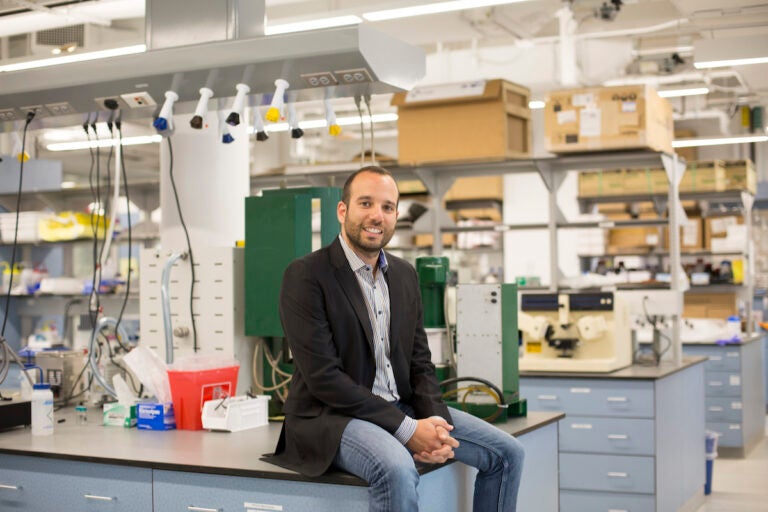This story is from The Pulse , a weekly health and science podcast. Find it on Apple Podcasts , Spotify , or wherever you get your podcasts . More than 10 years ago, Miguel Modestino was a PhD student at the University of California Berkeley and he worked on a research project that had the promise of turning solar energy into fuel.
It would replicate what leaves do : use solar energy to break water into hydrogen and oxygen, and add carbon dioxide to produce a source of fuel. Leaves make sugar, a “fuel” that helps plants grow. The artificial leaf would make fuel that can be used to generate electricity.

“The concept of an artificial leaf is beautiful. It’s inspiring. It’s one of the reasons why I first joined my research group,” said Modestino, who is now an associate professor of chemical engineering at New York University .
“Engineering is not always pretty and inspiring, but it’s focused on getting something done and getting something done as efficiently and as good as you can.” In the years since, Modestino and the other researchers have run into obstacles, particularly with making their devices profitable, but they continue to work on the research. The question is whether this technology could improve and become widespread quickly enough to help counter the effects of climate change.
“You start with a vision and idea, and those ideas take shape and forms that you really never predicted,” Modestino said. The main hurdle is that existing sources of pow.
























